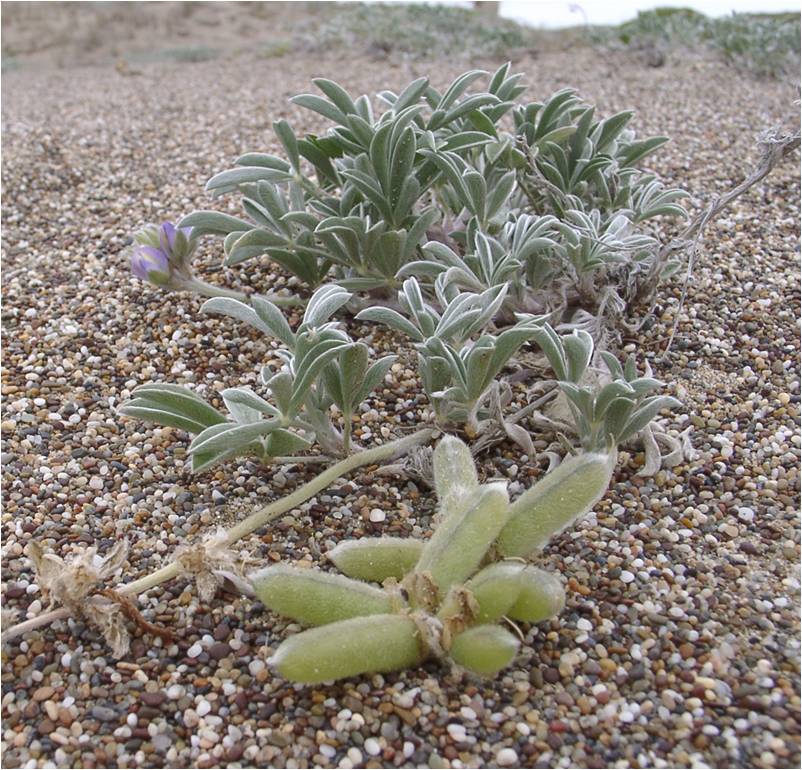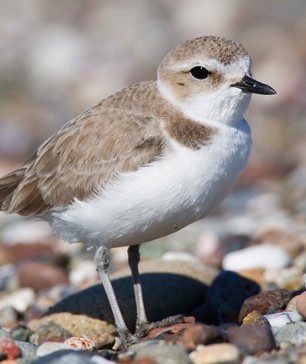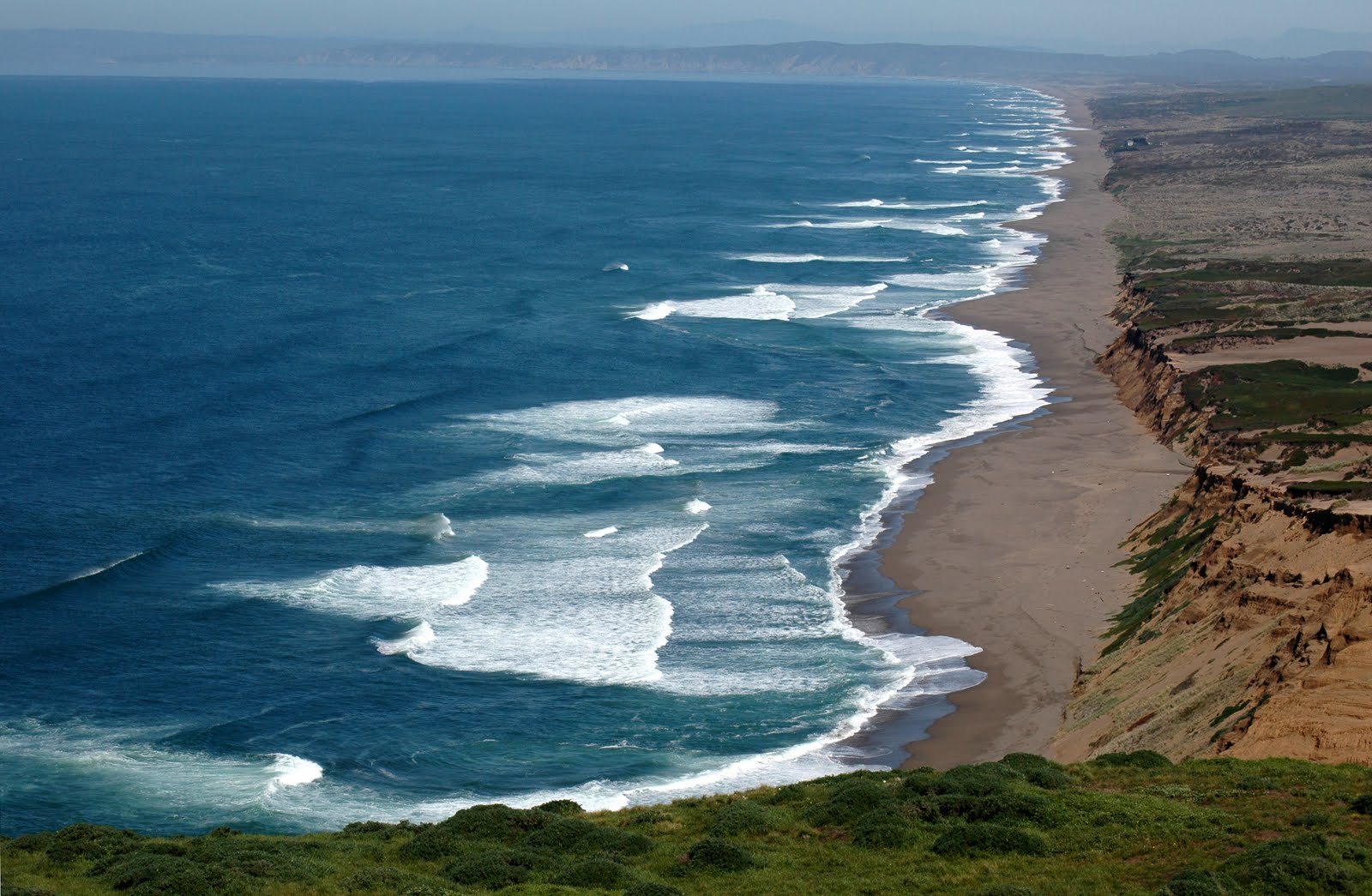Disturbance is a condition depended on by the species indigenous to coastal dunes, according to Washington University researchers who just completed a study putting numbers to claims that the restoration of such conditions is necessary for the variety and vibrancy of the West Coast’s dune life.
“Disturbance is actually a good thing in many ecosystems – in some places disturbance is supposed to be there and it’s actually required for the survival of important community members,” Dr. Eleanor Pardini, assistant director of environmental studies at St. Louis’s Washington University, told The Speaker.

“Some ecosystems are adapted to experience frequent disturbance, such as regular flooding along a river, or hurricanes and tidal changes in wetlands, or wind and wave action on dunes. These ecosystems can provide valuable ecosystem services, such as absorbing storm surge or absorbing storm water or high water during floods. If the early successional species actually need the disturbance to thrive, and if the communities need both early and late successional species to be diverse and intact, and we value these ecosystems for their function, then there is a compelling reason to restore historic disturbance regimes.”
Such a restoration of disturbance is what is necessary for the vitality of certain coastal dune species, according to recent research completed by Pardini and colleagues Kyle Vickstrom and Dr. Tiffany Knight. The research provides numbers that demonstrate the necessity of disturbance for germination of Tidestrom’s lupine and beach layia, which, Pardini noted, play a role in the ecosystem of the dunes.
“Coastal dunes are dynamic places,” explained Pardini. “They move in response to wind and wave action. The wind action creates undulating dune topography with ridges atop the dunes and low-lying areas between dunes. Some of these low-lying swales or slacks can collect water and host aquatic communities.”
The life that thrives in such areas thrives in a naturally disturbed environment, she continued.

“In ecological terms, a disturbance is a relatively discrete event that changes the physical environment and disrupts the community or ecosystem in some way,” stated Pardini. “Disturbances include things like hurricanes, floods, wind storms, fire, or grazing by elk, bison, or cattle, or in the case of dunes, frequent wind and wave action. Disturbance events often remove some vegetation, and open up space, light, or resources. This is what we call ‘early successional habitat’ Some species do particularly well in these environments – maybe they are good dispersers that can arrive to an area and utilize resources, or they germinate well in the low competition environment.”
The recent study measured plant germination on coastal areas at which European beachgrass had been introduced in the 1880s in order to hold the sand in place. The success of the project led to a beachfront that mounted higher and steeper, and which prevented sand from moving inland, but which aversely affected the species that had been habiting the dunes.
“In the case of the dunes at Point Reyes, federally endangered plant species like Tidestrom’s lupine and beach layia thrive in early successional habitat. Threatened western snowy plovers nests in open sandy areas at the front of the dunes near the beach. They can’t nest or forage in high foredunes where sand is locked into place by introduced grasses.

She directed us toward the National Park Service’s ongoing project to restore the original habitat of the dunes at Point Reyes.
“Restoration of the historic disturbance regime is accomplished by removing introduced grasses, which can be done with a combination of mechanical removal, herbicide, fire, and hand-pulling, depending on the location. Different methods are chosen for different areas based on the local and adjacent plant and animal communities, soil substrates, and community concerns.”
The report, “Early Successional Microhabitats Allow the Persistence of Endangered Plants in Coastal Sand Dunes,” was completed by Eleanor A. Pardini, Kyle E. Vickstrom, and Tiffany M. Knight, and was published online in PLOS One.
